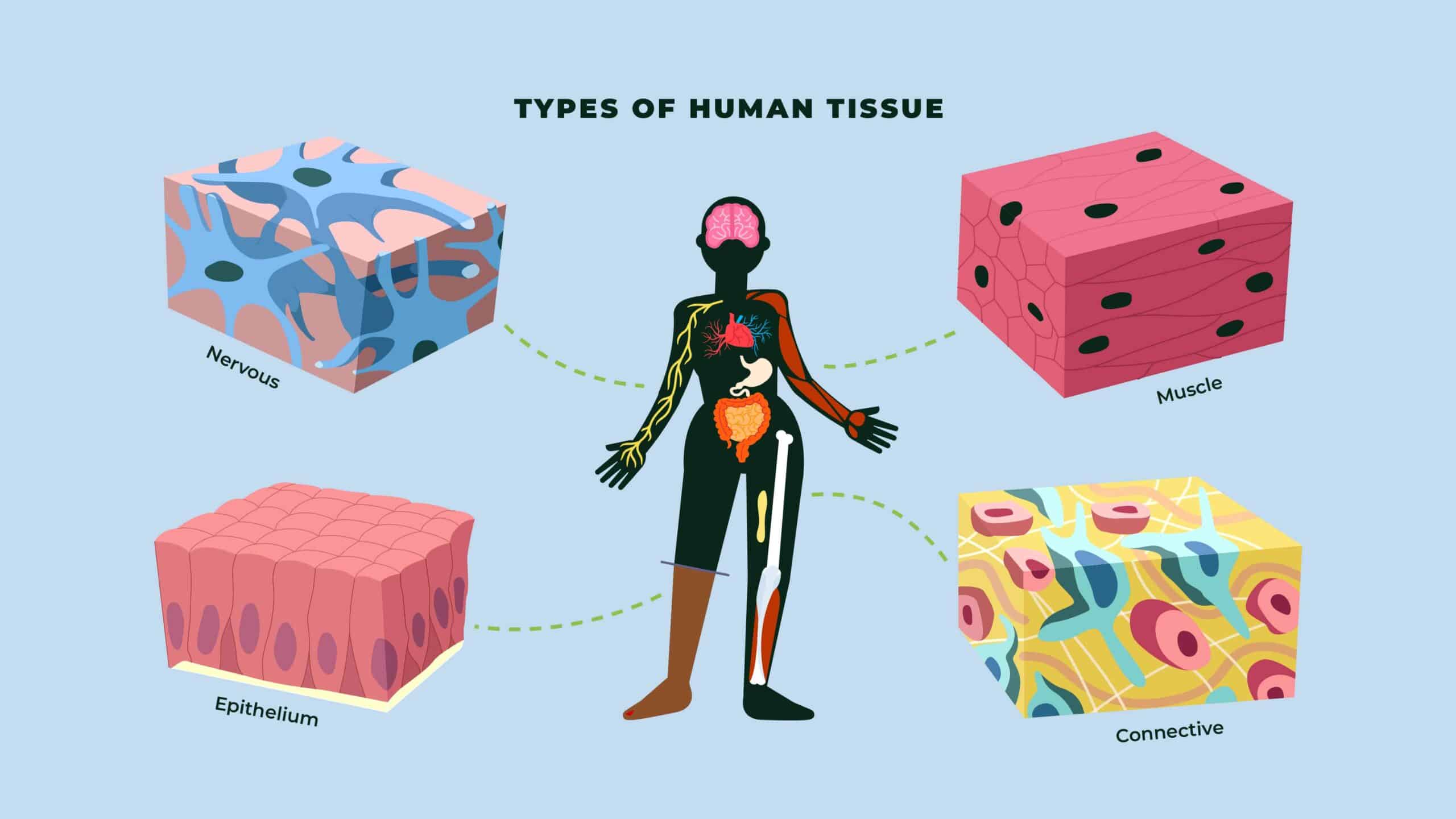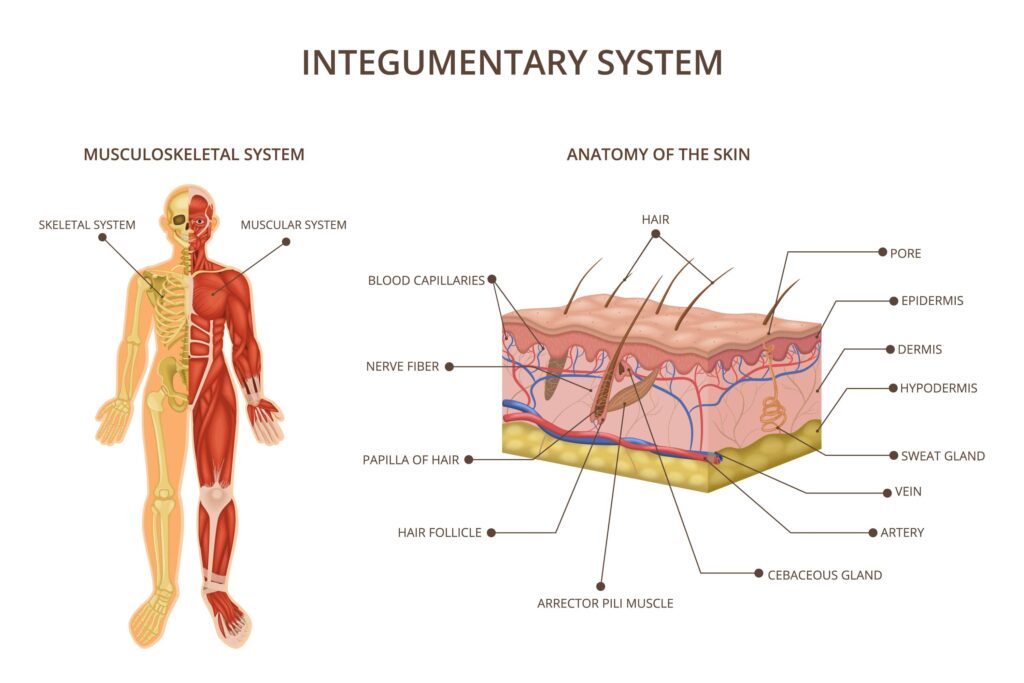Unleashing the Power of Exosomes: A Breakthrough in Tissue Regeneration

Introduction
Tissue regeneration has emerged as a pivotal field in medical advancements, offering new hope for patients with debilitating injuries and diseases. At the forefront of this revolution are exosomes. They are tiny extracellular vesicles that play a profound role in orchestrating the intricate process of tissue regeneration. In this article, we delve into the captivating realm of exosomes and their remarkable potential to transform the landscape of regenerative medicine.

Understanding Exosomes
To comprehend the profound impact of exosomes, it is imperative to grasp their fundamental nature and characteristics. Exosomes are nanosized vesicles, typically ranging from 30 to 150 nanometers in diameter, secreted by various cell types. These microscopic messengers are derived from the endosomal system, carrying a cargo of proteins, lipids, nucleic acids, and signaling molecules. Their unique composition and structure empower them as powerful mediators of intercellular communication.
Exosomes in Tissue Regeneration
Intriguingly, exosomes have emerged as key players in tissue regeneration, unveiling a vast array of therapeutic potential. The journey of tissue regeneration involves intricate processes such as cell proliferation, differentiation, and extracellular matrix synthesis. Exosomes, acting as natural molecular couriers, partake in this transformative cascade by deploying a myriad of mechanisms to foster tissue repair and regeneration.

Mechanisms by which Exosomes Promote Tissue Regeneration
Exosomes exert their regenerative prowess through an assortment of mechanisms that intricately modulate the cellular milieu. First and foremost, they deliver an exquisite repertoire of growth factors and proteins to recipient cells. All that igniting a cascade of regenerative signals. These molecular payloads encompass an array of cytokines, chemokines, and growth factors, collectively stimulating cellular proliferation, migration, and differentiation.
Additionally, exosomes facilitate the transfer of genetic material, such as microRNAs, to target cells. These tiny RNA molecules act as master regulators, orchestrating intricate gene expression networks and reprogramming cells towards a regenerative phenotype. By altering the genetic landscape of recipient cells, exosomes promote tissue regeneration at the molecular level.
Moreover, exosomes intricately modulate the immune response within the regenerative microenvironment. These microscopic messengers possess the ability to suppress inflammatory responses and promote immune tolerance. That creating an environment conducive to tissue repair. By fostering a harmonious immunological milieu, exosomes pave the way for efficient tissue regeneration.
Furthermore, exosomes induce angiogenesis, the formation of new blood vessels, which is a vital process in tissue regeneration. Through the delivery of angiogenic factors and signaling molecules, exosomes stimulate the growth of blood vessels. But also ensuring an adequate supply of nutrients and oxygen to regenerating tissues. This intricate orchestration of angiogenesis by exosomes is crucial for successful tissue regeneration, particularly in complex and avascular tissues.
Promising Applications of Exosomes in Tissue Regeneration
The remarkable potential of exosomes extends to a plethora of applications in tissue regeneration. All that offering hope for patients across various medical domains.
In the realm of wound healing and skin regeneration, exosomes have demonstrated the ability to expedite the closure of wounds. As well promoting efficient tissue repair. These cellular messengers accelerate the migration and proliferation of skin cells. Also enhance collagen synthesis, and foster angiogenesis, collectively enabling the regeneration of healthy, functional skin.
In musculoskeletal tissue regeneration, exosomes hold immense promise for repairing and regenerating bone tissue. Their cargo of growth factors and regulatory molecules stimulates osteogenesis, the formation of new bone tissue, and enhances the recruitment of stem cells crucial for bone repair. Furthermore, exosomes exhibit the capacity to restore damaged cartilage in joint injuries, mitigating the burden of degenerative joint diseases. Their regenerative potential extends to muscle tissue as well, promoting the regeneration of injured or atrophied muscle fibers.
Cardiac tissue regeneration stands as a critical frontier in regenerative medicine, and exosomes present a beacon of hope for individuals with heart diseases. By delivering reparative molecules, exosomes aid in repairing damaged heart muscle, improving cardiac function, and promoting neovascularization, the growth of new blood vessels within the heart. This orchestrated response enables the revitalization of injured cardiac tissue and holds promise for future treatments of heart diseases.
The intricate world of neurological tissue regeneration also benefits greatly from the power of exosomes. These microscopic vesicles promote neuroprotection and neuronal survival, shielding vulnerable cells from degenerative processes and fostering their endurance. Moreover, exosomes stimulate axonal growth and synaptic plasticity, facilitating the rewiring and restoration of neural circuits. In cases of neurological damage, exosomes hold immense potential for reviving damaged neural tissue and offering new therapeutic avenues.
Challenges and Future Directions
While the promise of exosomes is awe-inspiring, several challenges must be addressed to realize their full potential. Safety considerations are of utmost importance to ensure the well-being of patients receiving exosome-based therapies. Thorough investigations into potential side effects and long-term implications are crucial to guarantee the safety and efficacy of these transformative treatments.
Standardization and regulation of exosome-based therapies are critical to establish consistent and reliable treatment protocols across medical settings. Implementing rigorous quality control measures and standardized manufacturing processes will be imperative to ensure reproducibility and scalability of these revolutionary therapies.
Advances in exosome isolation and purification techniques are essential to optimize the yield and purity of therapeutic exosomes. Innovative technologies that allow for efficient and cost-effective isolation will streamline the development and production of exosome-based therapies, making them more accessible to patients in need.
Furthermore, the optimization of exosome delivery methods remains a focal point of ongoing research. Developing strategies to enhance the targeted delivery of exosomes to specific tissues and organs will maximize their regenerative potential and improve treatment outcomes.
Conclusion
In conclusion, exosomes have emerged as formidable protagonists in the realm of tissue regeneration, holding the promise to revolutionize the field of regenerative medicine. Through their multifaceted roles as molecular couriers and cellular modulators, exosomes unlock a remarkable array of regenerative mechanisms. From wound healing and musculoskeletal tissue regeneration to cardiac and neurological repair, the therapeutic potential of exosomes knows no bounds.
As we navigate the challenges ahead and continue to unravel the mysteries of exosome biology, we hold steadfast to the hope that exosome-based therapies will pave the way for a future where tissue regeneration becomes a reality for countless individuals worldwide. This new frontier in healthcare offers a beacon of hope, promising to transform lives and redefine the possibilities of medicine as we know it.